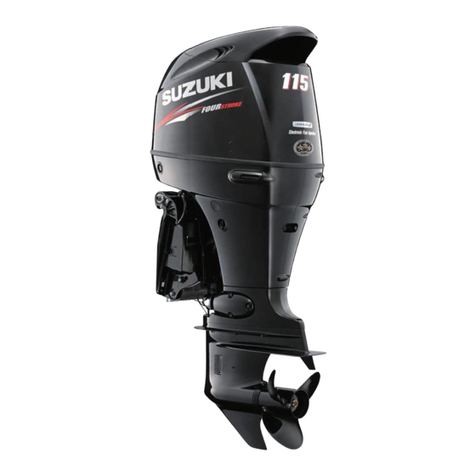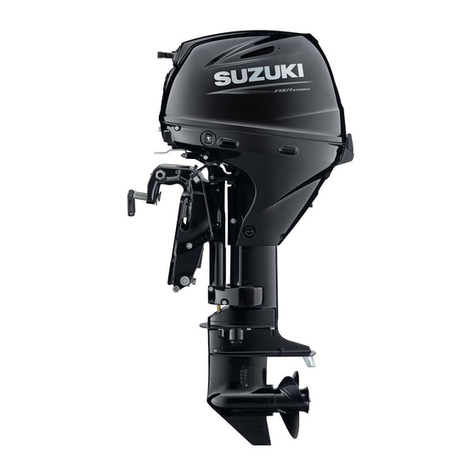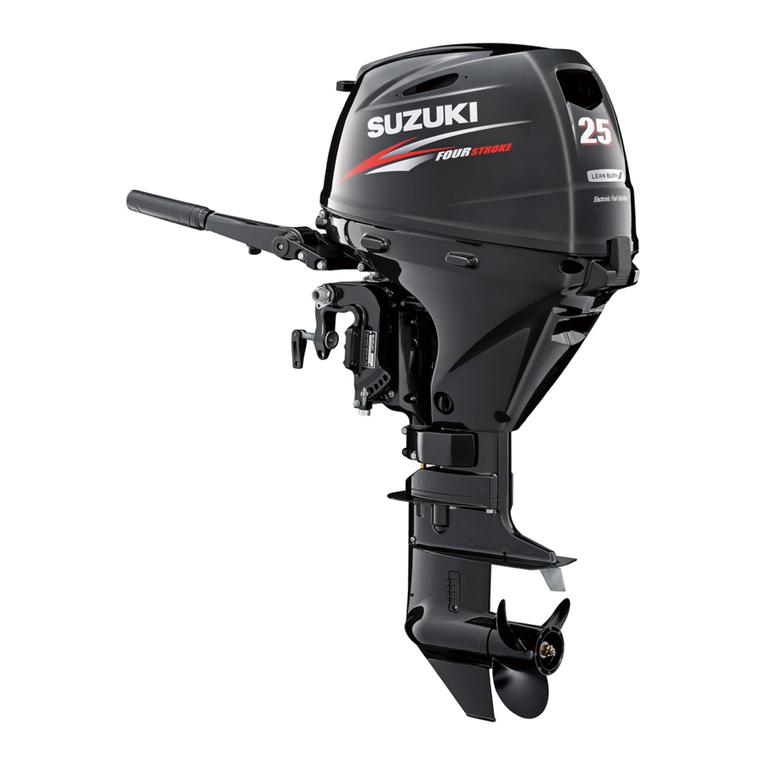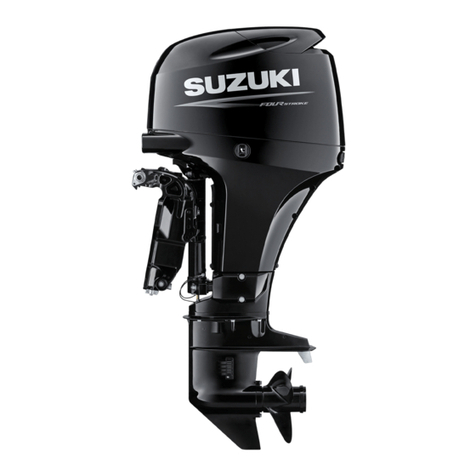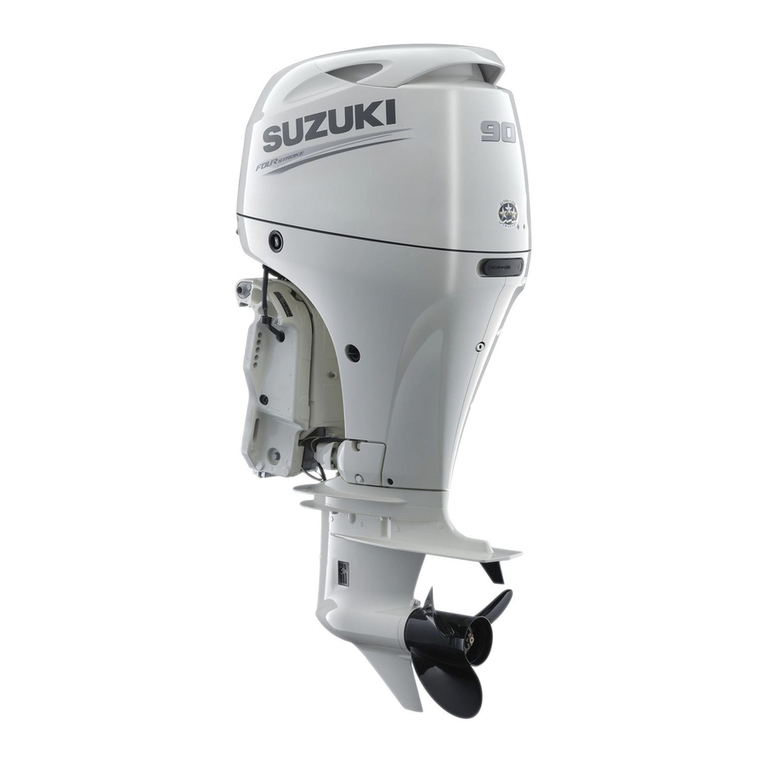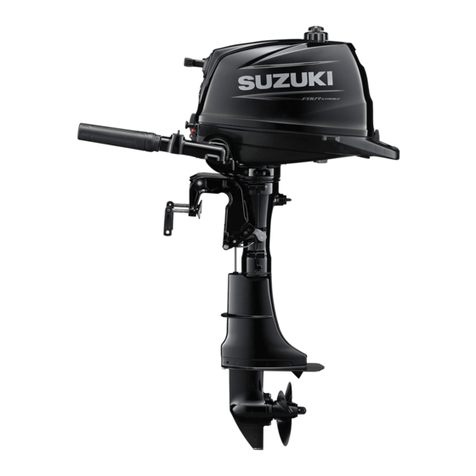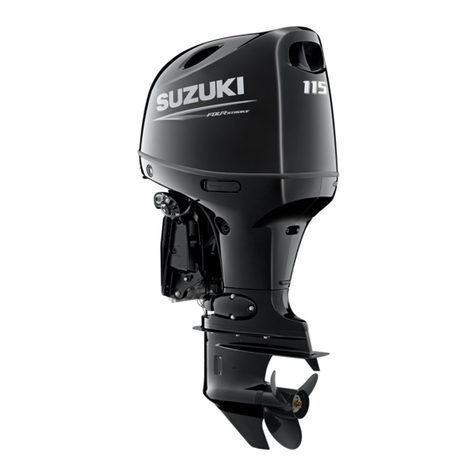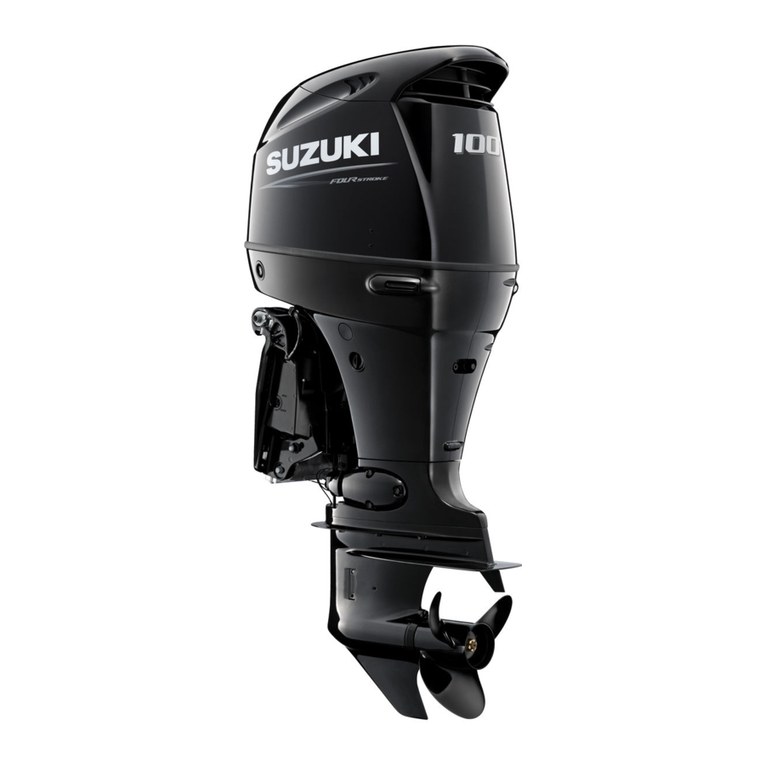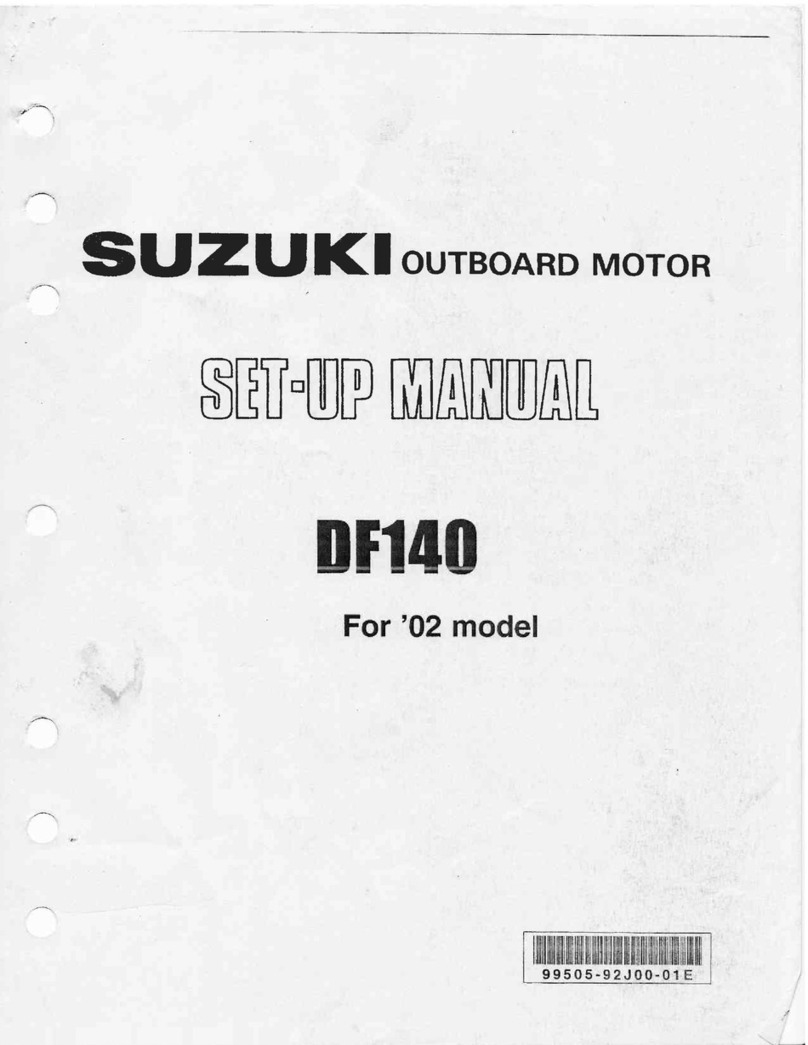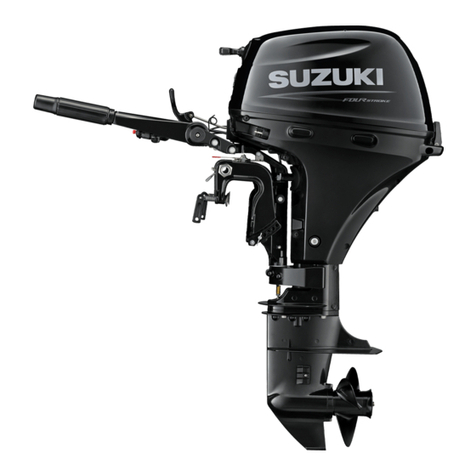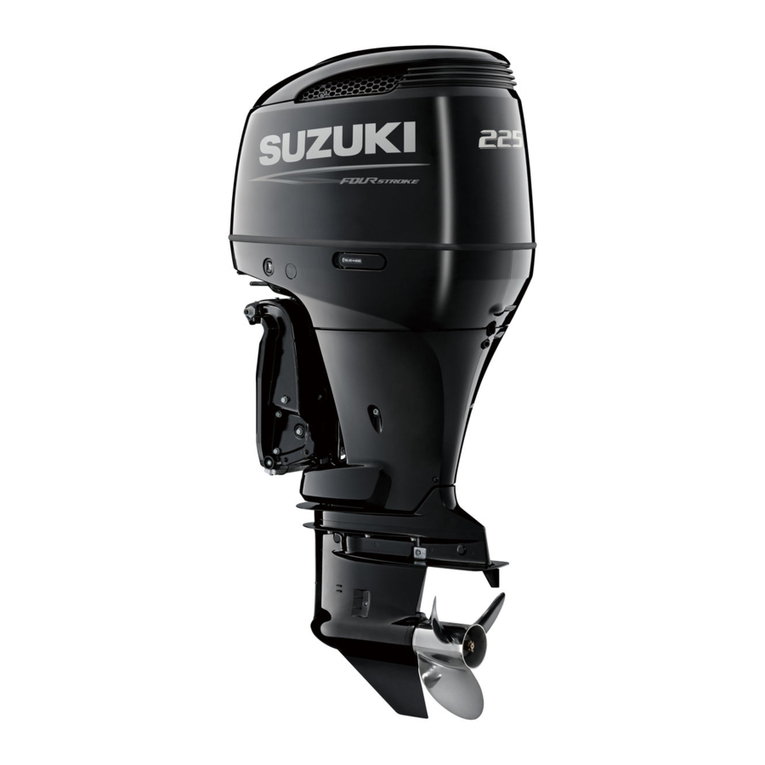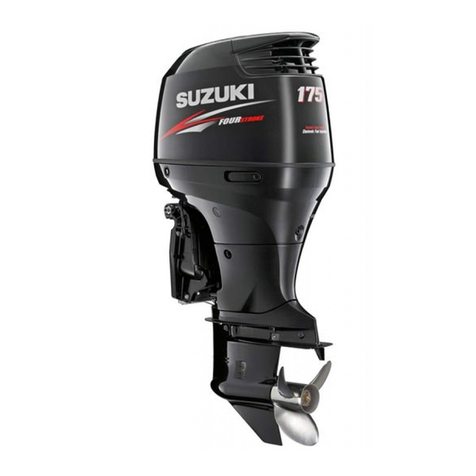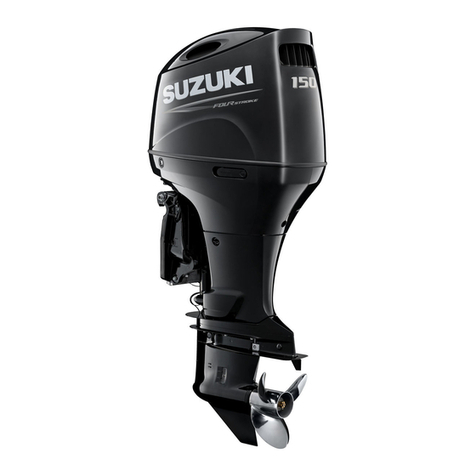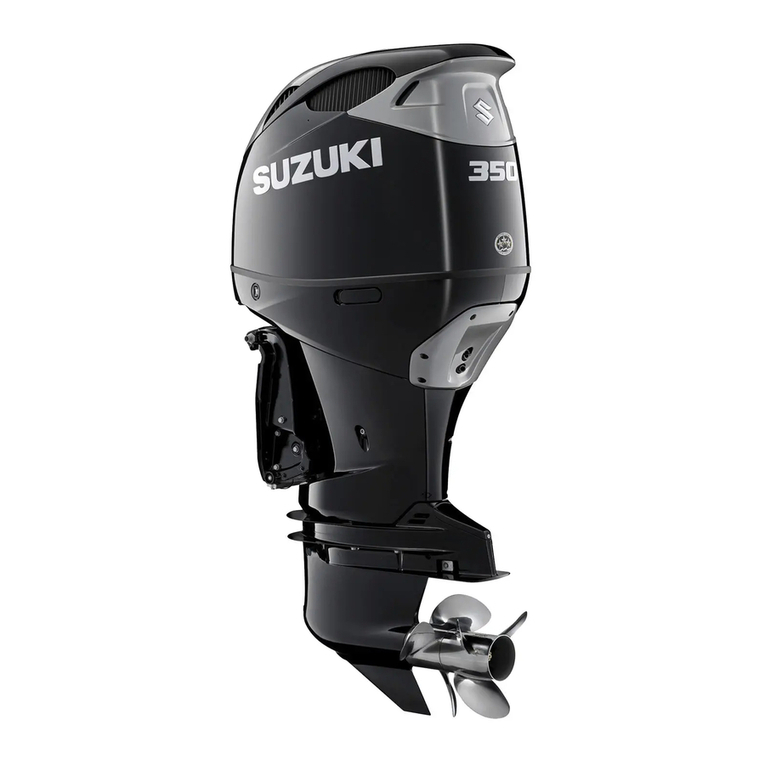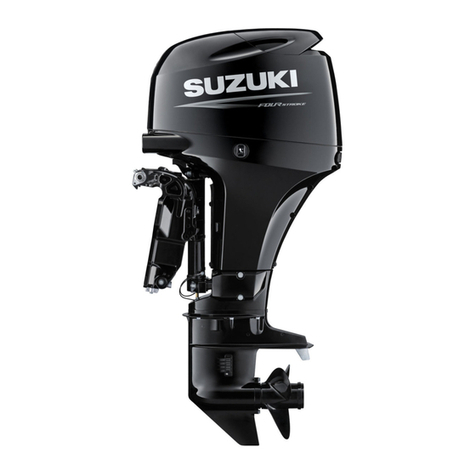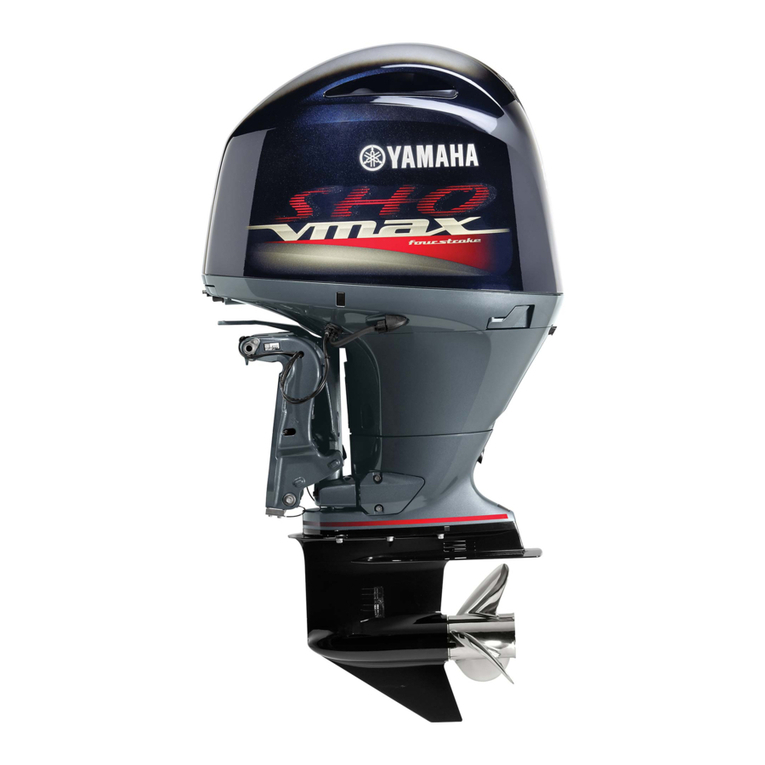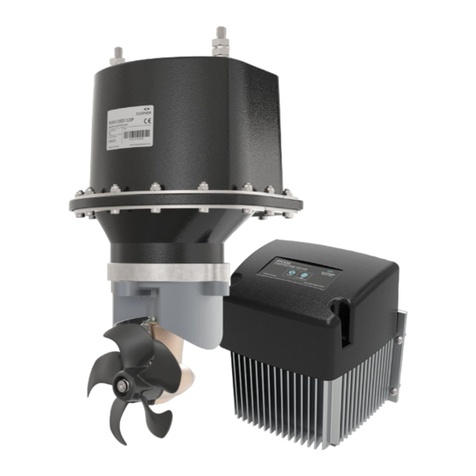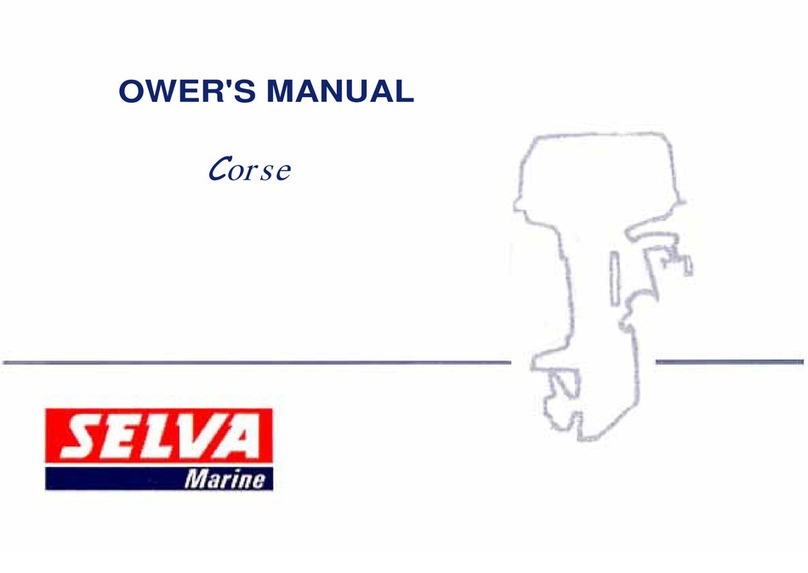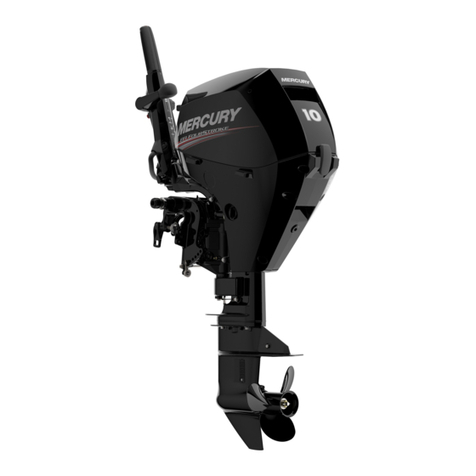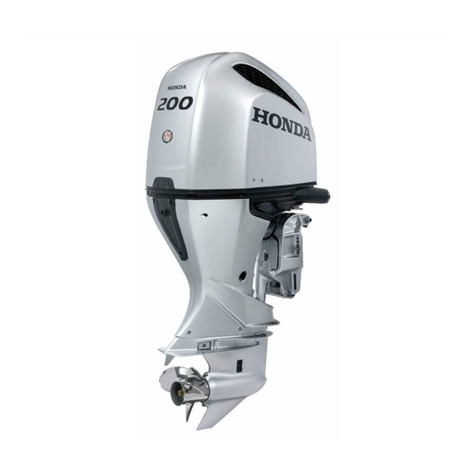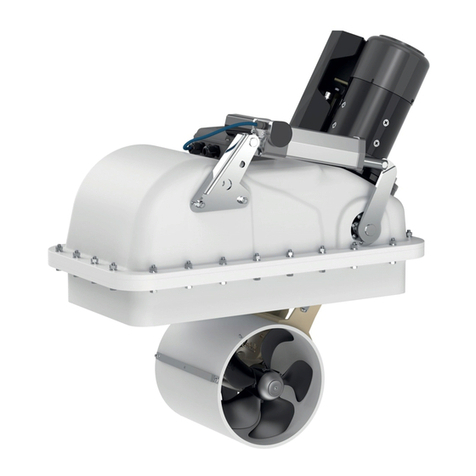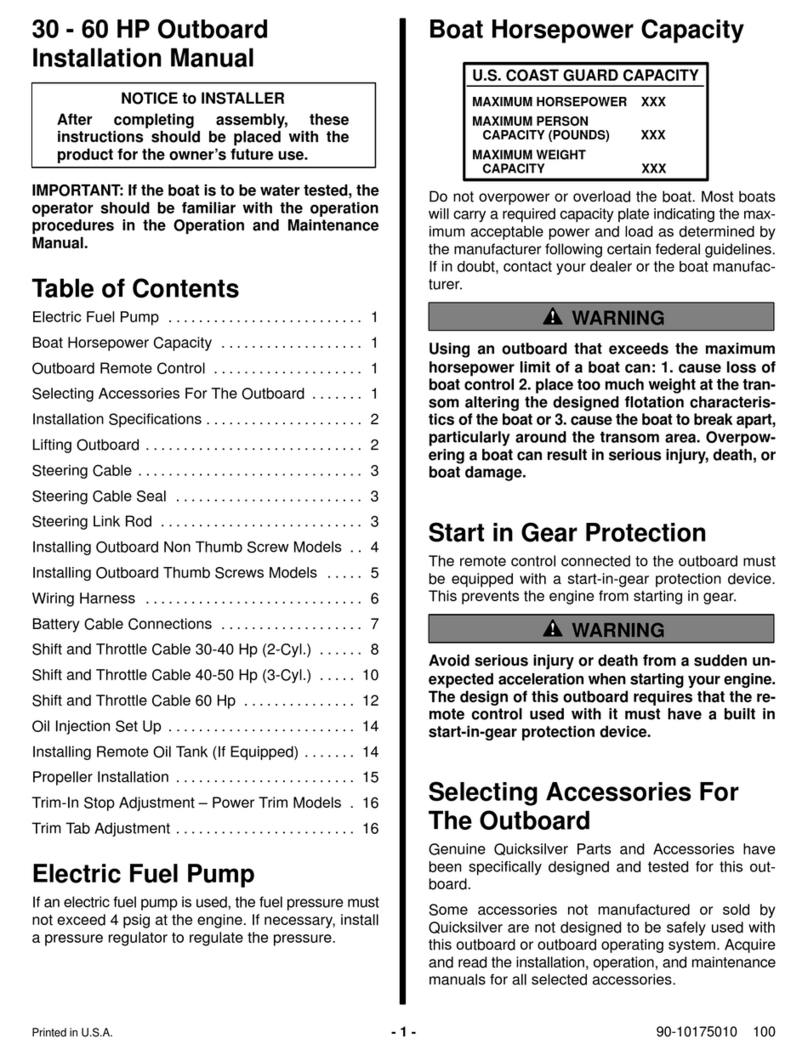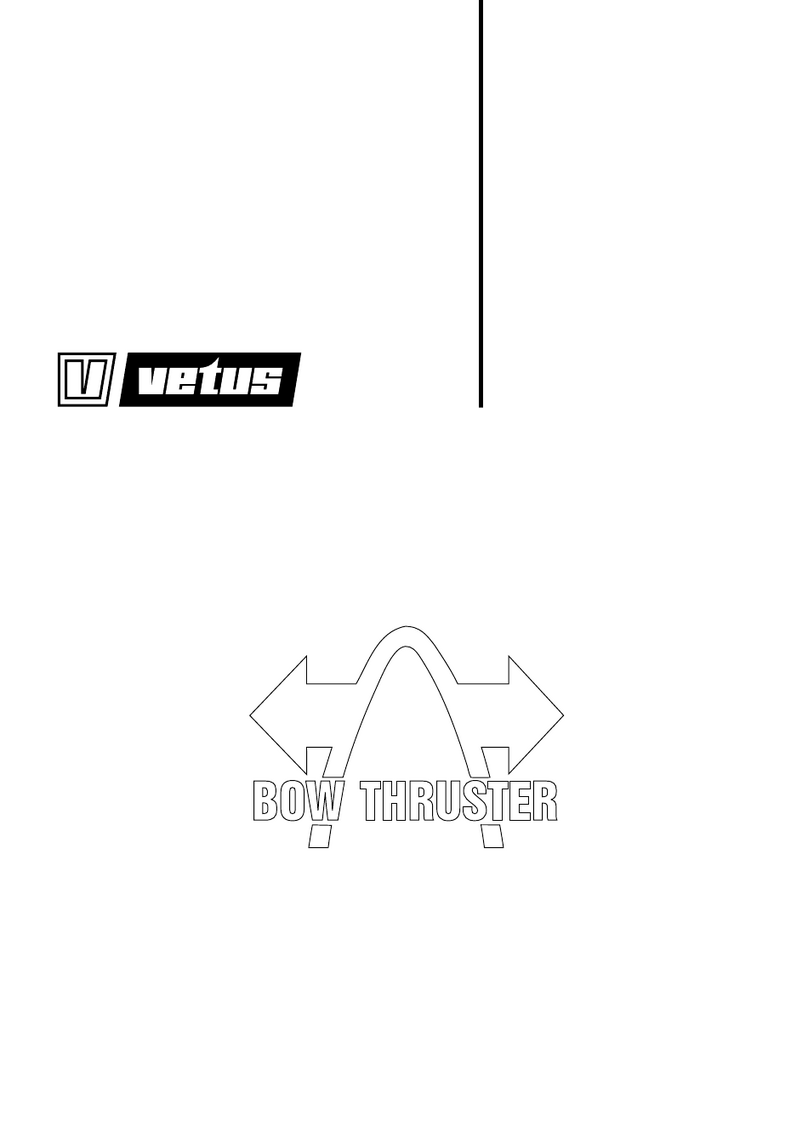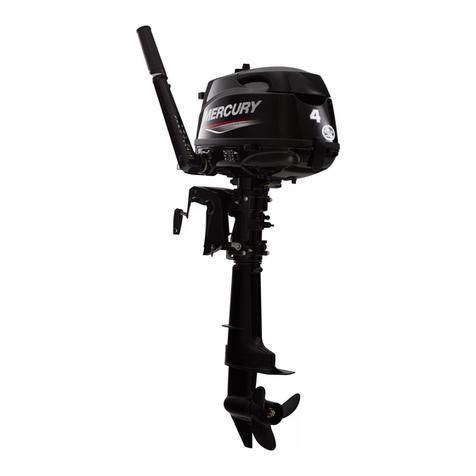
5
ALARM................................................ 38
CAUTION SYSTEM............................. 38
INDICATOR CHECK........................... 39
OVER-REVOLUTION CAUTION
SYSTEM.............................................. 39
OIL PRESSURE CAUTION
SYSTEM.............................................. 40
COOLING WATER CAUTION
SYSTEM.............................................. 41
BATTERY VOLTAGE CAUTION
SYSTEM.............................................. 42
ELECTRONIC THROTTLE AND
SHIFT CONTROL CAUTION
SYSTEM................................................. 43
CONTROL UNIT COMMUNICATION
CAUTION SYSTEM............................. 43
2ND STATION CAUTION SYSTEM.... 43
THROTTLE SYSTEM CAUTION
SYSTEM.............................................. 44
SHIFT CONTROL CAUTION
SYSTEM.............................................. 44
GAUGE COMMUNICATION
CAUTION SYSTEM............................. 45
STATION SETTING TROLL MODE
CAUTION SYSTEM............................. 45
TROLL CONDITION CAUTION
SYSTEM.............................................. 46
TROLL SYSTEM CAUTION
SYSTEM.............................................. 46
KEYLESS START SYSTEM
CAUTION SYSTEM (IF EQUIPPED
WITH KEYLESS START SYSTEM) ........ 46
KEY-FOB CAUTION SYSTEM ........... 46
KEY-FOB BATTERY CAUTION
SYSTEM.............................................. 47
KEYLESS CONTROL UNIT
CAUTION SYSTEM............................. 47
DIAGNOSTIC SYSTEM...................... 48
OIL CHANGE REMINDER
SYSTEM................................................. 49
SYSTEM ACTIVATION....................... 49
CANCELLATION ................................ 49
ENGINE STALLING CAUTION
SYSTEM................................................. 50
WATER IN FUEL ALERT
SYSTEM................................................. 50
OPERATION OF TILTING
SYSTEMS............................................... 51
POWER TRIM AND TILT.................... 51
TILT LIMITER CAM............................. 52
MANUAL TILTING .............................. 52
TILT LEVER ........................................ 53
INSPECTION BEFORE BOATING... 54
BREAK-IN ............................................. 56
OPERATION......................................... 57
MAIN SWITCH (OPTION) ................... 57
CONTROL PANEL (OPTION)............. 58
BEFORE ATTEMPTING TO START
THE ENGINE....................................... 61
STARTING THE ENGINE ................... 62
EMERGENCY START......................... 65
SHIFTING AND SPEED CONTROL ... 69
STOPPING THE ENGINE ................... 70
MOORING ........................................... 72
OPERATION IN SHALLOW
WATER................................................ 73
OPERATING THE TROLL MODE ...... 73
OPERATION IN SALT WATER .......... 76
OPERATION IN FREEZING
WEATHER........................................... 77
MOTOR REMOVAL AND
TRANSPORTING................................. 77
MOTOR REMOVAL ............................ 77
MOTOR TRANSPORTING.................. 77
TRAILERING ....................................... 79
INSPECTION AND
MAINTENANCE................................... 80
MAINTENANCE SCHEDULE ............. 80
TOOL KIT............................................ 81
SPARK PLUG ..................................... 82
BREATHER AND FUEL LINE ............ 84
ENGINE OIL........................................ 85
GEAR OIL ........................................... 86
LOW PRESSURE FUEL FILTER........ 87
LUBRICATION.................................... 89
CORROSION PREVENTION .............. 91
ANODES.............................................. 91
BONDING WIRES ............................... 92
BATTERY............................................ 92
ENGINE OIL FILTER .......................... 93
BALANCER CHAIN ............................ 93
FLUSHING THE WATER
PASSAGES............................................. 93
SUBMERGED MOTOR....................... 96
STORAGE PROCEDURE ................... 97
MOTOR STORAGE............................. 97
BATTERY STORAGE......................... 98
AFTER STORAGE ............................... 98
GENERAL INFORMATION............... 98
WARRANTIES (For U.S.A)................. 98
IDENTIFICATION NUMBER
LOCATION.......................................... 98
EMISSION CONTROL
INFORMATION.................................... 99
TROUBLESHOOTING........................ 99
SPECIFICATIONS ............................. 103
FLOWCHART OF OIL CHANGE
REMINDER SYSTEM........................ 103
